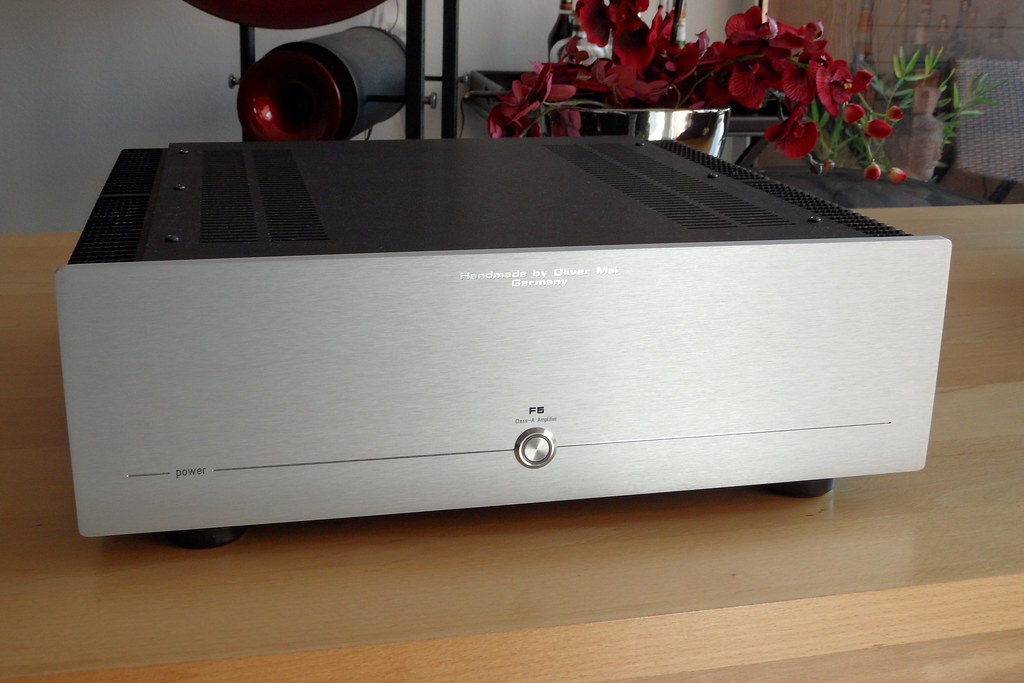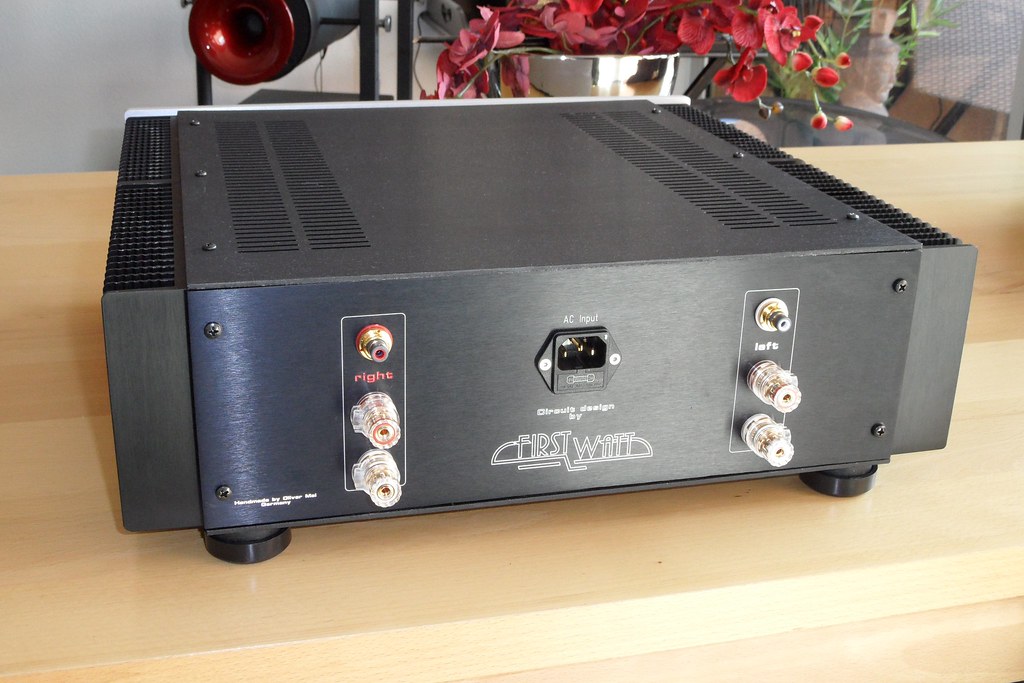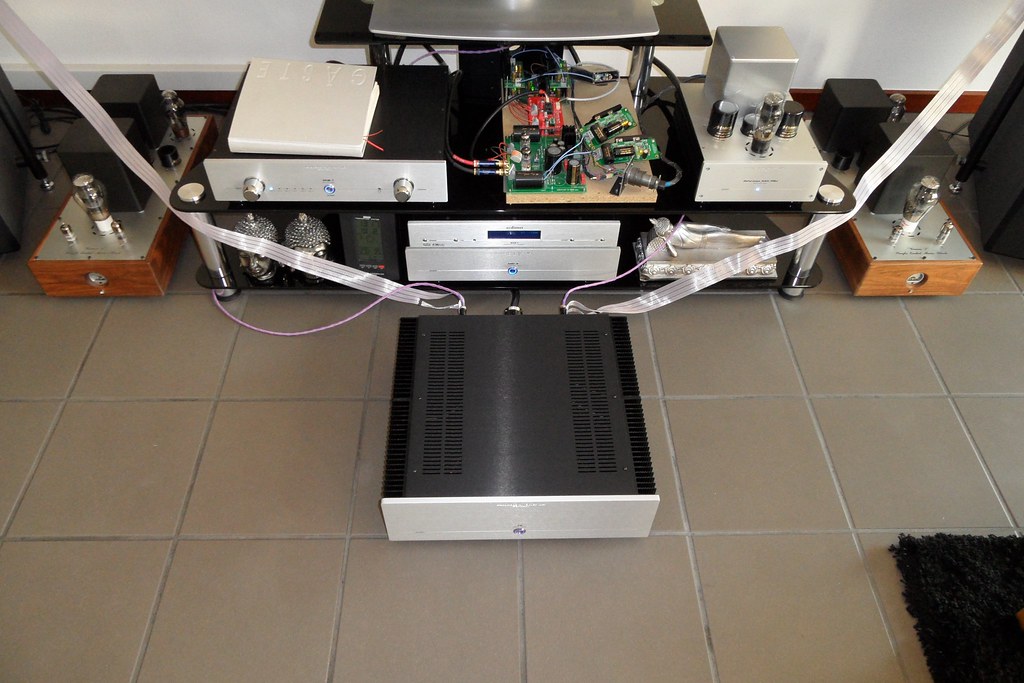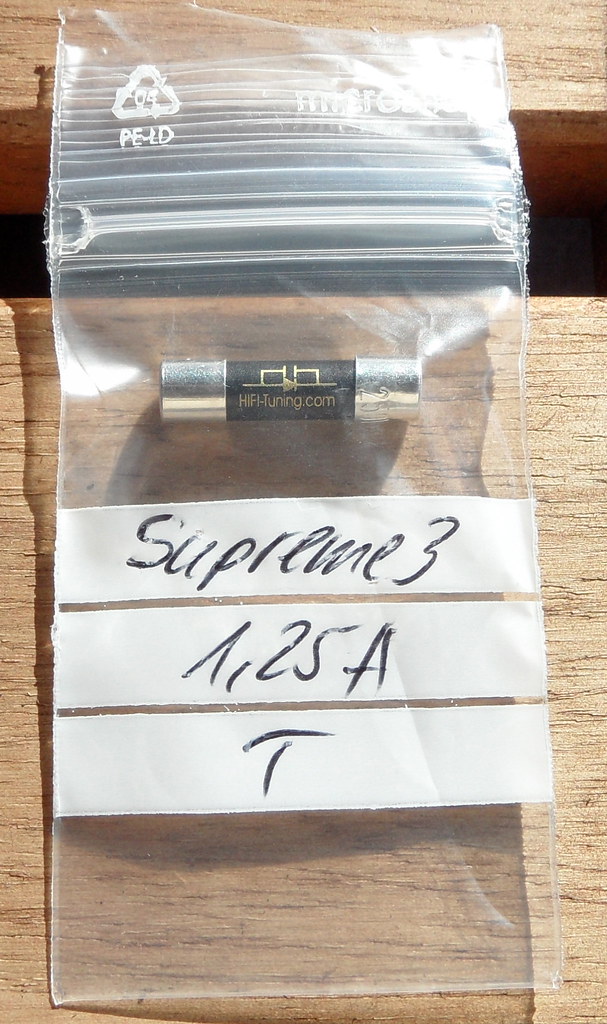So,I've been pondering this for a while,and I'm going to finally build it.
Basic idea- Fairly simple Push-Pull amplifier,that will deliver ~50Wpc,Using common/available tubes.
I decided to go with the 'usual' octals,since they are all a similar basing/pinout(7ac?).
This leaves us open to use 6L6,EL34,6550,KTxx,etc. for output tubes.
We'll have to have a -Vg1 supply with a wide voltage range to cover the needs of all those tubes,shouldn't be a problem.
The power transformer is a big 1kva/500W beast,used in the Tektronix 545A. (P/N 120-120)
Pete Millett was kind enough to post some data on this transformer,and a few others here:
Tek power transformers
The output transformers are rated ~100W,they came from a pair of old RCA MI-12188A amps.
They are ~3.5-4.0K (p-p) primary impedance.
There is some information on these amplifiers/transformers here:
The Shrine of the Ancient and Most Excellent RCA MI-12188A Power Amplifier...



















